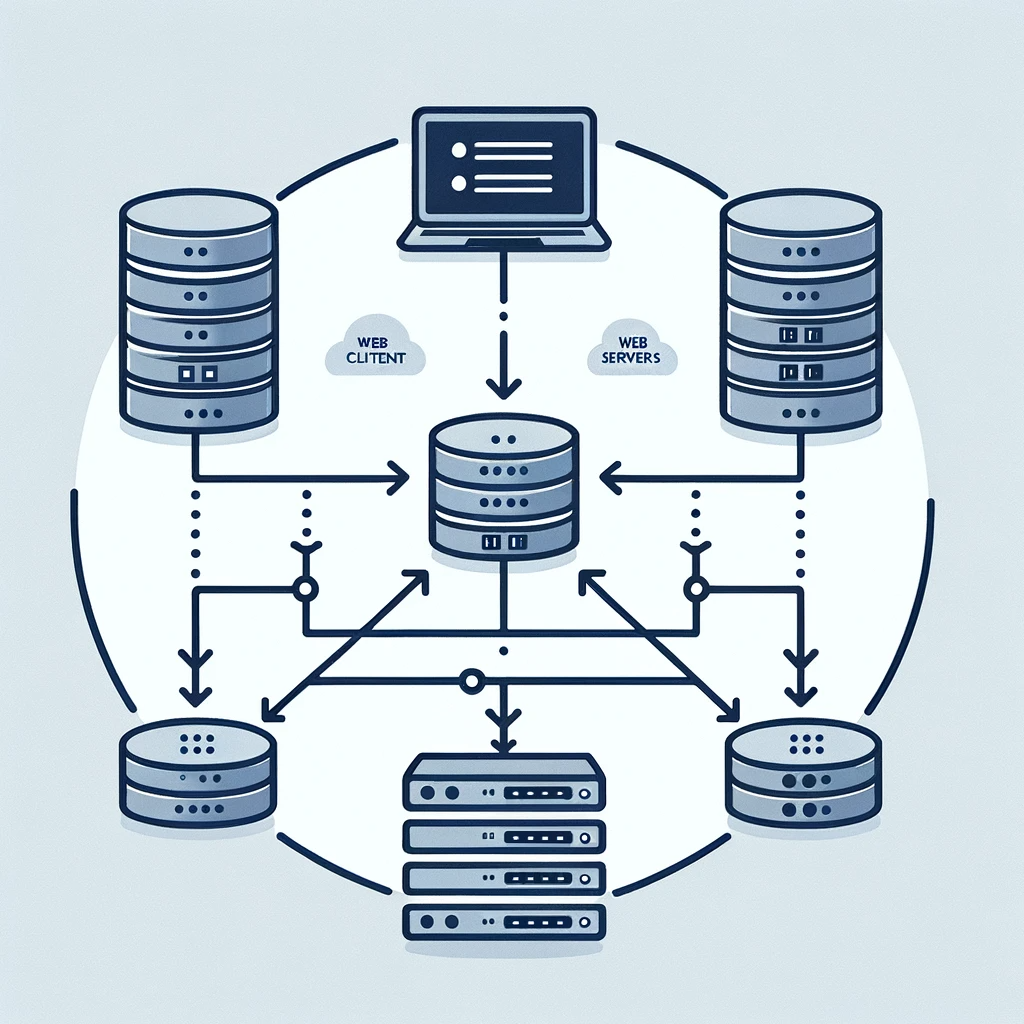
Server Clustering
Server clustering is a technology that involves bundling multiple servers into one group to distribute processing capacity. By doing so, it allows another server to take over when one server is overloaded. This ensures that the workload is evenly distributed and prevents any single server from becoming overwhelmed.
Load Balancing
Load balancing is a technology that helps distribute network traffic to reduce server load. It involves installing a load balancer in front of the server, which intelligently distributes incoming requests across multiple servers. This ensures that no single server is overwhelmed with traffic, leading to improved performance and reliability.
Use of Cache Memory
The use of cache memory is a technology that involves storing frequently requested data in advance. When a request comes in, the data can be quickly provided from the cache, reducing the load on the server and increasing response speed. This technology is particularly effective for serving static content such as images, CSS files, and JavaScript files.
Content Delivery Network (CDN)
A content delivery network (CDN) is a technology that involves storing large files or images on multiple servers and providing them from the server closest to the user. By doing so, it improves download speed and reduces the load on the origin server. CDNs are particularly useful for websites that have a global audience, as they can ensure that content is delivered quickly regardless of the user’s geographical location.
Server Expansion
Server expansion is a technology that involves introducing additional servers when the existing server capacity is insufficient to handle the workload. By adding more servers to the infrastructure, the processing capacity can be increased, allowing for better performance and stability. This technology is commonly used in scenarios where the demand for resources fluctuates, such as e-commerce websites during peak shopping seasons.
Server Monitoring
Server monitoring is a technology that involves continuously monitoring the status of servers in real time. By doing so, any potential issues or performance bottlenecks can be identified early on, allowing for quick responses and proactive measures to prevent server failures. Server monitoring helps minimize service downtime and ensures that the server infrastructure remains reliable and available to users.
In conclusion, these technologies play a crucial role in improving server performance and reliability. Server clustering, load balancing, cache memory utilization, content delivery networks, server expansion, and server monitoring all contribute to a more efficient and stable server infrastructure. By implementing these technologies, businesses can ensure that their websites and applications can handle increased traffic, provide a seamless user experience, and minimize the risk of service disruptions.
RELATED POSTS
View all


